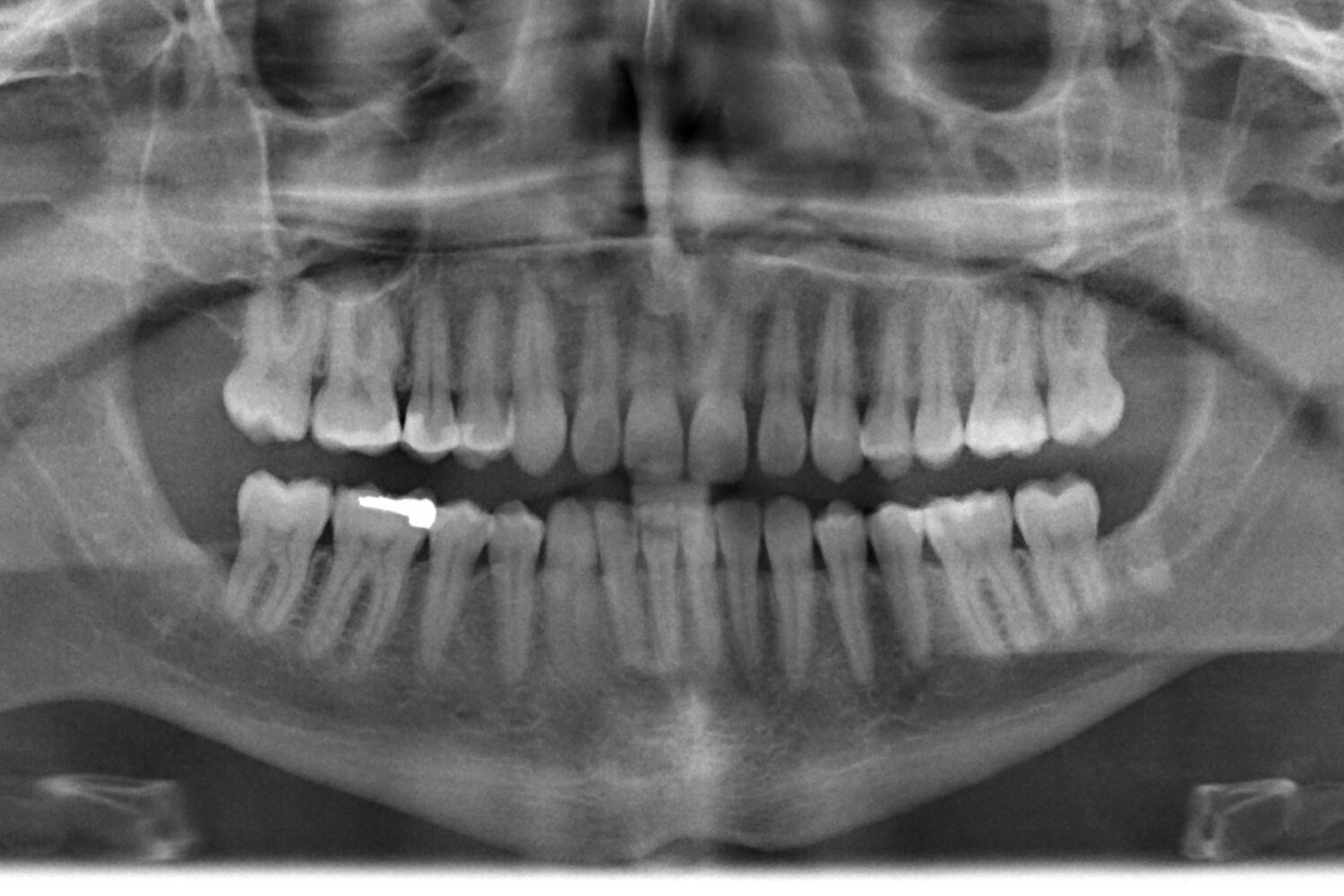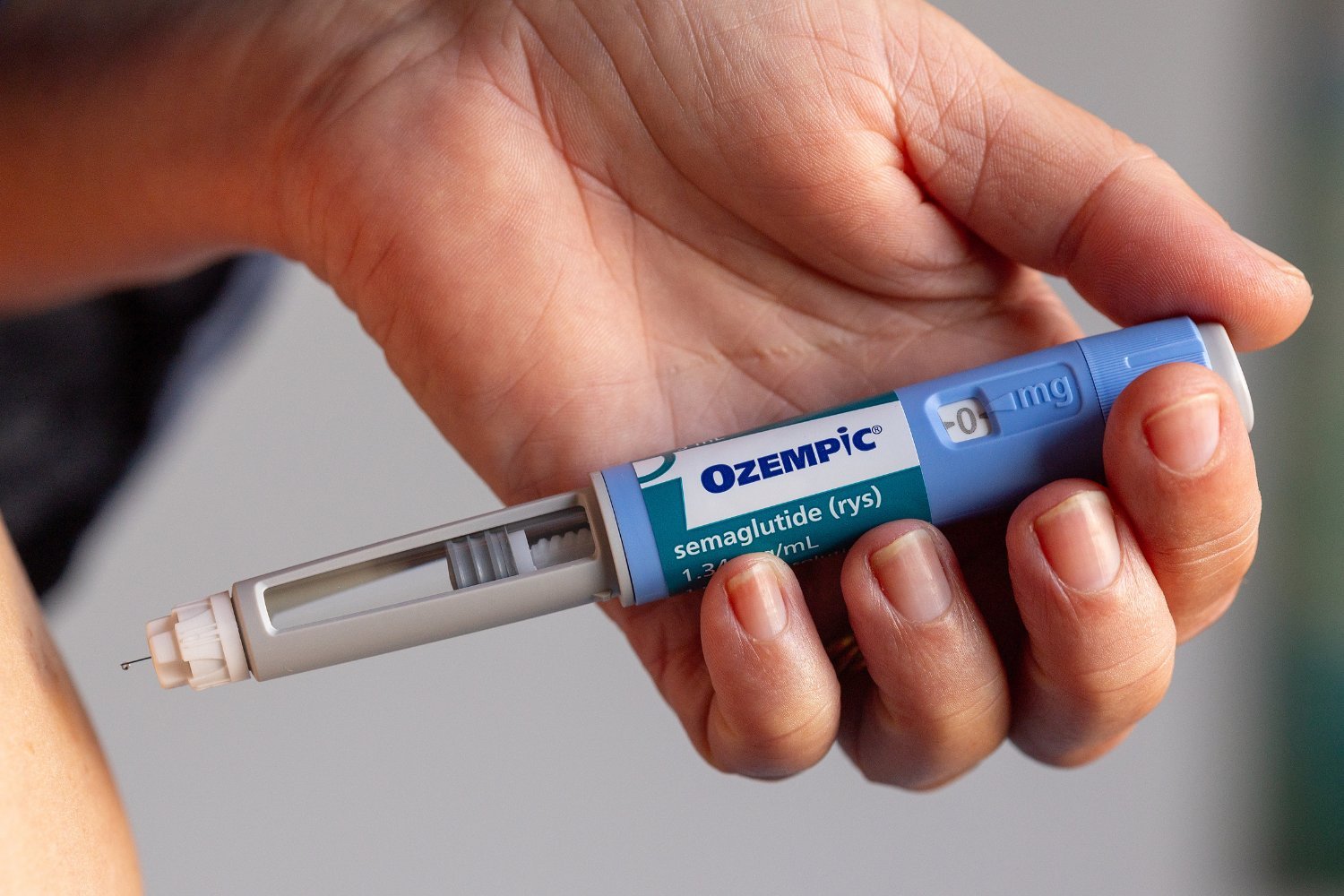If you’ve ever felt a twinge of anxiety while draped in a lead apron at the dentist’s office, wondering if it’s really time for another round of X-rays, you’re not alone. A growing number of dental professionals are questioning the practice of routine dental imaging, arguing that it may not always be necessary and could even be harmful.
The overuse of X-rays in dentistry has sparked debate, with some dentists suggesting that financial incentives may be driving the practice. While some argue that regular imaging is crucial for preventing dental issues, others point to the American Dental Association (ADA)’s own guidelines, which recommend a more nuanced approach.
A 2023 study revealed a staggering 320 million dental radiography procedures performed in 2016 in the US, nearly one for every resident. This high number is surprising, considering that over a quarter of the US population lacks dental insurance, and the cost of X-rays can range from $30 to $750.
The ADA’s Evolving Stance on Dental X-Rays
The ADA’s guidelines on dental X-rays have undergone significant changes in recent years. In 2012, the ADA recommended X-rays every two to three years for adults without cavities or increased risk. However, the guidelines were updated again in April 2024, reflecting a growing awareness of the potential risks of radiation exposure, even at low levels.
The updated guidelines emphasize the importance of using X-rays based on individual needs rather than a fixed schedule. Dentists are now encouraged to consider diagnostic and treatment planning needs and to obtain previous radiographs whenever possible. This patient-centered approach involves discussing the benefits and risks of X-rays with patients before proceeding.
Moving Away from Routine Imaging
Some experts have drawn parallels between routine dental X-rays and outdated practices like X-raying children’s feet for shoe fitting. Performing radiographs automatically during every checkup, without specific clinical indications, is increasingly seen as unnecessary. This practice has been compared to conducting full-body CT scans without any symptoms or patient concerns.
Lead Aprons: A Thing of the Past?
In a surprising move, the ADA updated its recommendations in February 2024, advising against the use of lead aprons and thyroid collars during dental X-rays. Studies have shown that these protective measures are unnecessary for shielding patients from radiation, even during pregnancy. Furthermore, the ADA noted that the aprons could interfere with imaging quality, potentially requiring additional X-rays.
Empowering Patients to Make Informed Decisions
There’s still considerable misinformation surrounding dental X-rays, with some sources suggesting annual imaging as the norm. By understanding the latest guidelines and recommendations, patients can engage in informed conversations with their dentists about the necessity of X-rays, potentially saving both their health and their money. Don’t hesitate to discuss your concerns and ask questions. Your dental health is a partnership between you and your dentist.











